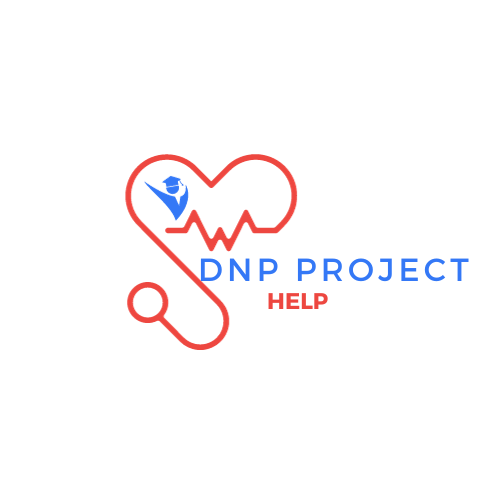
In this assignment, students will explore existing research related to a specific healthcare issue to discover potential interventions for evidence-based practice. The paper should present relevant research findings that propose interventions to tackle the clinical problem identified in the initial assignment. Students need to critically evaluate the studies mentioned in the paper. Besides pinpointing 3-5 robust studies that will be the foundation for evidence-based practice, students will also discuss general findings from other studies suggesting alternative interventions. After conducting the literature review, students should possess knowledge about how studies address the clinical problem and, ultimately, identify the intervention they plan to use in NUR702 Developing Evidence-based Practice. The focus of this paper is on the studies found in the research literature that offer solutions to the problem, not on the project to be designed in NUR 704. This assignment will contribute to supporting Chapter 2 in the final capstone document.
Introduction (5 points):
This section briefly introduces the clinical problem and the proposed intervention supported by the paper. Background information is shared to help the reader understand the significance of the clinical issue. The section concludes with a statement explaining the purpose of the paper. No more than two paragraphs are allowed.
Literature Search Methods (Total 10 points):
This section discusses two major areas:
- Sampling Strategies (5 points):
- Explain the strategies used for the literature search, such as databases accessed, year restrictions, types of studies focused on, and key terms (PICO elements). Provide justification for the chosen strategies. Utilize the search strategy matrix and refer to it in this section.
- Inclusion/Exclusion Criteria (5 points):
- Discuss the criteria used for evaluating and selecting literature. For example, specify publication date restrictions or accepted levels of evidence.
Literature Review Findings (Total 25 points):
This section consists of two parts:
- General Findings:
- Broadly highlight possible interventions found in the literature, excluding your chosen intervention. Provide a brief description of a few studies supporting these interventions. Cite studies and briefly explain why these interventions are not chosen. Add appropriate level headings.
- Chosen Intervention:
- Introduce and present 3 to 6 studies supporting your chosen intervention. Describe each study’s setting, sample, methodology (including the intervention), and outcomes. Utilize the Evidence Matrix and attach it in the Appendix. Include actual statistical data reflecting positive outcomes. Cite studies and ensure evidence strongly supports your chosen intervention.
Discussion (Total 15 points):
This section addresses three parts:
- Limitations:
- Identify limitations of the literature review process. Examples include dated literature, a lack of empirical studies (with rationale for using non-empirical studies), or studies from other disciplines. Explain why the search expanded to other disciplines, but avoid stating no support for the chosen intervention.
- Conclusion of Findings:
- Briefly highlight your chosen intervention. Discuss the robustness of the evidence and explain why you chose it.
- Potential Practice Change:
- Considering the information provided, describe a potential practice change using the chosen intervention. This section serves as a lead-in to what will be designed in NUR 704.
Note: Ensure adherence to APA (6th edition) formatting throughout the paper.
Conclusion (5 points):
The conclusion provides a brief summary of the paper’s content without introducing new information. It highlights key takeaways for the reader, emphasizing the main points discussed in the paper.
References
Appendix (Total 10 points):
- Search Strategy Log (5 points):
- Include details of the search process, such as databases accessed, key terms, and other relevant strategies. Use a table if necessary.
- Evidence Matrix (5 points):
- Attach the Evidence Matrix, detailing the studies supporting the chosen intervention. This matrix should present key information about each study, and you can use a table for clarity.
Structure and Format of Scholarly Writing Assignment (Total 30 points):
- Written in APA (6th edition) format (10 points):
- Ensure adherence to APA (6th edition) guidelines, including title page, page numbers, subject level headings, citations, and reference page.
- Correct spelling, grammar, and punctuation (10 points):
- Pay close attention to grammar, spelling, sentence structure, and paragraph development to maintain a high-quality writing standard.
- Organization and presentation of content (10 points):
- Maintain a clear organization and presentation of ideas. Use transitioning sentences to guide the reader between sections, ensuring a logical flow of information.
Paper Length:
- The paper should be 12-15 pages (excluding cover page, references, or appendix). Stay within the specified page limit to provide a comprehensive yet concise discussion.
Total Possible Points = 100 Points (40% of final grade):
- The grading criteria cover various aspects, including introduction, methods, findings, discussion, conclusion, appendix, and overall structure and format. Each section is assigned specific points to contribute to the overall score.
Important Tips for Successful Writing:
- As a doctoral-level student, focus on grammar, spelling, sentence structure, paragraph development, format, word usage, and writing style. Ensure adherence to APA guidelines, including mechanics such as title page, reference page, page numbers, and subject level headings. Maintain consistency in font (12pt, Times New Roman), double-spacing, and one-inch margins throughout the paper. These elements contribute to the professionalism of your writing.
Note: These guidelines are essential not only for this paper but for all formal writing assignments in the course.
Writing Guidelines:
- Use of Pronouns:
- Refer to yourself as the Project Implementer or Project Manager consistently throughout all 8 chapters of your final capstone project.
- Avoid First Person:
- Avoid using first-person pronouns (I, me, my, our, we) in formal papers unless specifically asked for personal reflection. Keep the writing very formal.
- Paragraph Structure:
- Ensure that each paragraph contains at least three sentences. The first sentence introduces the main idea, and the following sentences provide support for that idea. Avoid covering multiple topics within a single paragraph.
- Summary/Conclusion:
- Do not introduce new information, especially cited information, in the summary or conclusion. This section is meant to summarize the entire paper, section, or chapter.
- Introduction under Level Headings:
- Include a brief paragraph of at least three sentences under each level heading to introduce the section’s content.
- Result Terminology:
- Instead of using phrases like “Results showed,” opt for terms like “Results indicate,” “Results suggest,” “Results demonstrate,” or “Results report.”
- Avoid Definitive Conclusions:
- Refrain from stating “Investigators or studies conclude,” as there is often some bias in results. Instead, use terms like “Investigators or studies suggest,” “Investigators or studies indicate,” or “Investigators or studies demonstrate.”
Note: These guidelines aim to maintain a consistent and formal tone throughout the writing, ensuring clarity and professionalism in presenting information.
Additional Tips:
- Draft Submission:
- Faculty may allow drafts for certain major papers in the program, but not all courses permit drafts. Utilize this courtesy as it provides valuable feedback, enhancing the quality of your paper. However, be aware that multiple drafts or rewrites may not be accepted, and not all papers follow a draft submission process in the program.
- Drafts as Improvement Tools:
- Understand that drafts are not exhaustive corrections by the instructor. It is expected that students will further investigate and apply suggestions from drafts during subsequent writing revisions.
- MS Word “Track Changes”:
- Many faculty members use MS Word’s “Track Changes” for feedback. Familiarize yourself with this feature using the available course resource. When reviewing feedback, choose “All Markup,” not “Simple Markup.” Remove all track changes before submitting final papers by selecting “Accept all changes-Stop Tracking” and delete faculty comments. Some faculty may not accept assignments if Track Changes are visible.
- Save Work and Papers:
- Save all work and papers from each course on a separate drive for future reference. Implement changes suggested by course faculty immediately, especially for papers that will become chapters in your capstone. Your capstone in NUR 799 will be graded, so having it in the best possible state is crucial.
- Proofread Carefully:
- Before submission, proofread your work carefully to catch any errors or inconsistencies.
Note: These additional tips aim to enhance the drafting and submission process, ensuring effective use of feedback and organization of your academic work.
Must Read:


